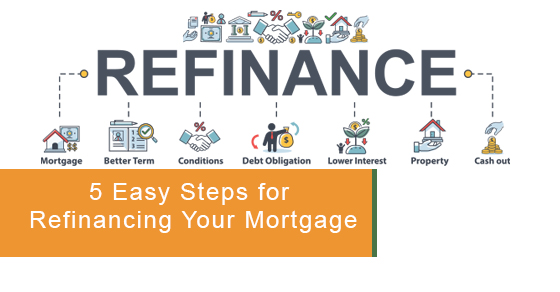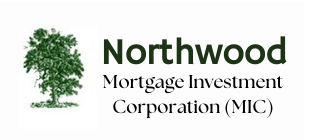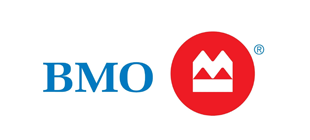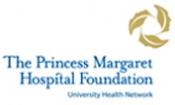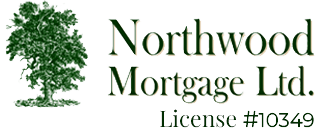If you’re struggling to pay your mortgage because you’re in between jobs or facing economic hardships due to the pandemic, then it’s time to consider refinancing your mortgage. First, let’s define what mortgage refinancing in Ontario is and then take a closer look at 5 steps for preparing to refinance your mortgage.
What is mortgage refinancing in Ontario?
Mortgage refinancing means you trade in your first mortgage for a brand new one with a balance renewal. When your bank or lender agrees to refinance your mortgage, they agree to pay off the remaining principal balance on your first mortgage, while replacing it with a new one with a lower rate.
Answer the following questions to see if mortgage refinancing is ideal for you:
- Are you able to pay your monthly mortgage payments?
- Is it getting difficult to make payments on your bills and mortgage on a monthly basis?
- Do you have a mortgage with a higher interest rate versus the current rate being offered on the market?
- Are you dissatisfied with your current mortgage agreement?
If your reply to these questions is “yes”, then it’s a good idea to refinance your mortgage. Here are 5 steps to follow to refinance your mortgage.
1. Evaluate Your Financial Situation
Before refinancing your mortgage, carefully evaluate your financial situation. What are the main reasons for wanting to refinance your mortgage? For instance, typical reasons why many people decide to do so is the need to consolidate debt or to take advantage of the lower interest rates on the market. Remember that mortgage refinancing in Ontario involves comparing current interest rates with multiple lenders that will give you the best offer.
2. Research Current Loans on the Market
The goal of doing your research on current loans is to get the best rate that will save you money in the long run. If your original mortgage was on a variable rate, then consider switching to a fixed-rate mortgage. Fixed-rate mortgages do not fluctuate and make monthly payments stagnate during your mortgage term. On the other hand, adjustable rate mortgages have fluctuating interest rates, which can increase your monthly payments as time goes on.
3. Gather Recent Documents
Before you submit your application for refinancing your mortgage, you need to gather all of your recent documents such as pay stubs, employment letters, bank statements, and copies of tax documents. Be sure to have them stored as e-files, and keep hard copies in a folder if the lender or bank requests copies.
4. Calculate Costs
Mortgage refinancing in Ontario requires that you pay costs related to home appraisals, title search, insurance fees, and legal fees. You should create an estimate of the total costs that come with refinancing your mortgage so you can better prepare yourself for what is to come.
5. Submit an Application
If you would like to submit an application for mortgage refinancing, here at Northwood Mortgage™ we have various mortgage solutions that will suit your financial situation. We recommend scheduling a free consultation with one of our brokers in Toronto by calling 416-969-8130 or toll-free at 888-492-3690 or contact us here.
